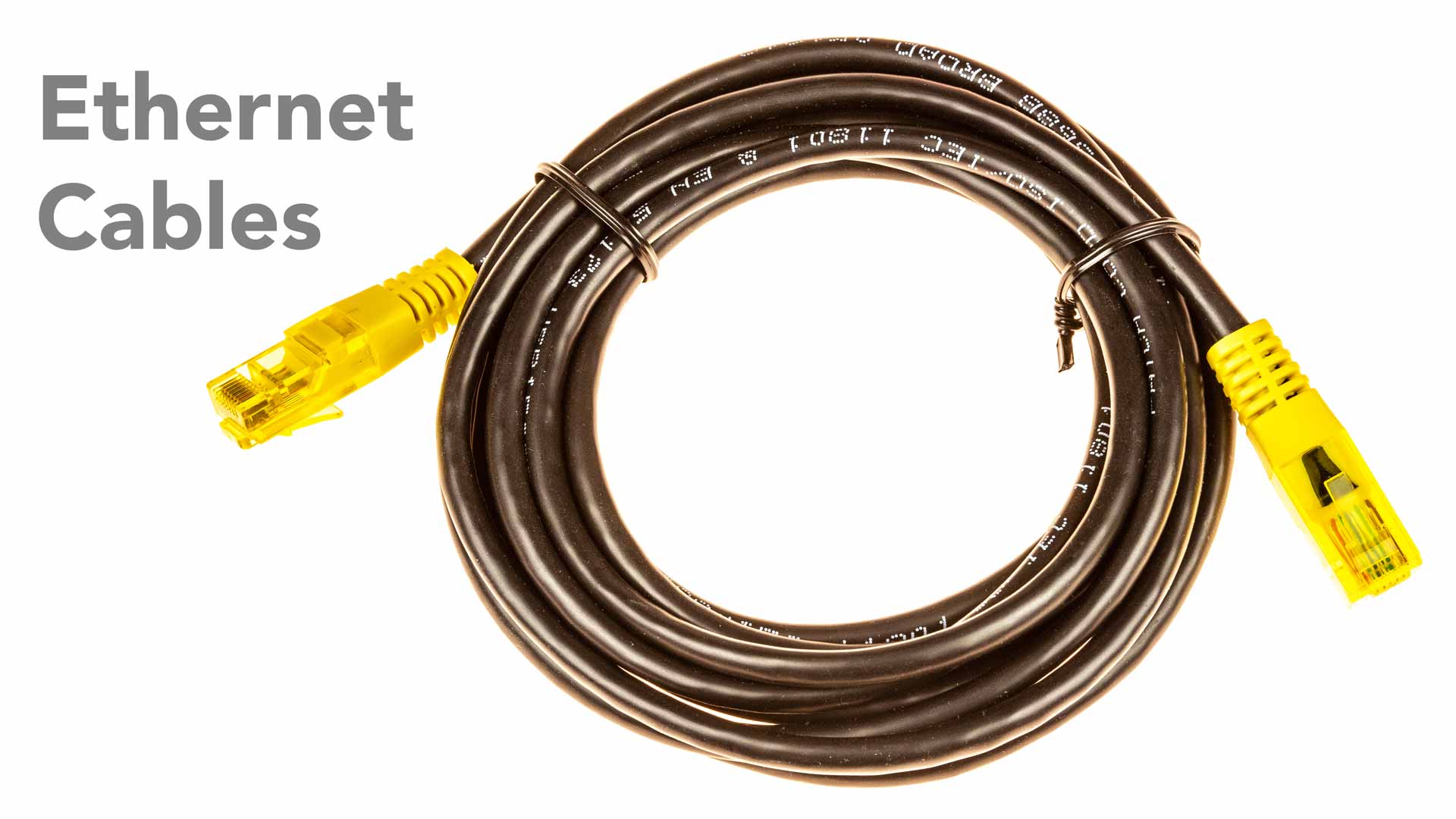Ethernet cables are not typically a recent innovation. They have been around for almost 50 years now. The first Ethernet cables were developed in the 1970s by Xerox, and ever since then, new advancements have been made to suit the needs of the time. Even with all the improvements, its prime purpose remains the same, that is, to transmit and share data.
This technology is used to conveniently connect wired local area networks (LAN) with one another via a set protocol. In simple words, Ethernet cables serve as a medium with high network security and control, through which the data travels safely and efficiently. The physical cabling makes it hard for strangers to gain access to your data or hijack information.
Ethernet cables are of different types, and the most commonly used ones are twisted pair cables- Cat5, Cat5e, Cat6, Cat6a, and Cat7. They all serve different purposes, so it is important to buy the one that suits your needs the best. The twisted cables balance the flow of current as in both the sites. Current flows in opposite directions, thus canceling out the external fields around the twisted cables.
Afore are mentioned some basic differences and characteristics of different types of Ethernet cables:
- Cat-1: This type of cable is used as standard wiring for telephones or ISDN but is not approved by TIA or EIA.
- Cat-2: This is also not recognized by TIA and is used for 4Mbits/s token ring networks.
- Cat-3: This cable is also called TIA/EIA-568-B and is used for data networks operating at up to 16MHz frequency.
- Cat-4: This one is also not recognized by TIA/EIA and is used for data networks operating at up to 20MHz frequency.
- Cat-5: Cat-5 cables, although not accepted TIA, are used for 100Base-T and 1000Base-T networks and permits the transfer of data at 100 Mbit/s and above. With 1.5-2 twists per centimeter, Cat 5 cables prevent internal and external cross talk.
- Cat-5e: It is accepted by TIA/EIA and is also called TIA/EIA-568. This cable type can be used for 100Base-T and 1000Base-T networks. The ‘e’ in Cat 5e stands for ‘enhanced’ and has advanced specs but is physically similar to Cat5 cables.
- Cat-6: This one is also called TIA/EIA-568-B and has greatly improved performance. They have an outer braided shield/foil which protects the twisted wires and prevents deterioration and noise interference. They can aid up to 10Gbps up to 55 meters. It is considered the best Ethernet cable for gaming.
- Cat-6a: Cat 6a (augmented) cables are more promising and efficient. They are capable of supporting up to twice the maximum bandwidth and retain outstanding transmission speed for longer lengths.
- Cat-7: This cable is unique as it is composed of four separated by shielded wire plus an overall shield that covers them up. It can transmit data up to 600Mbps.
- Cat-8: These cables are a promising future for Ethernet cables and have overall improved attributes.


